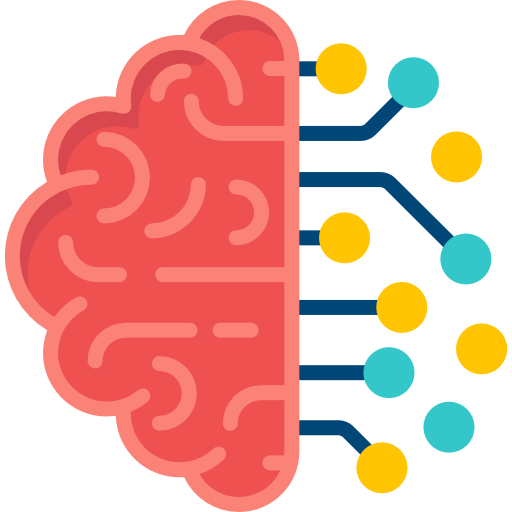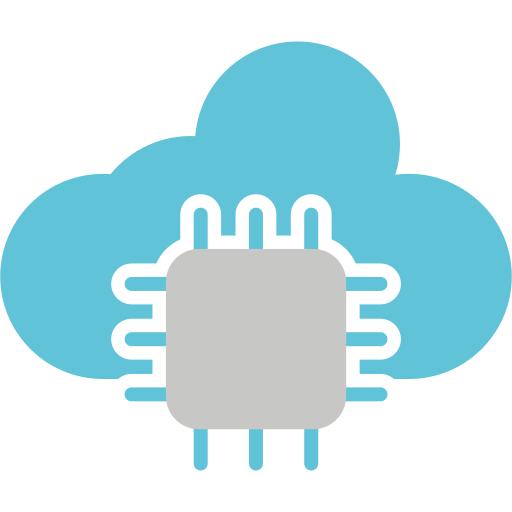

Lead the product development team for AI Factory and AI @ Edge. The AI Factory is a solution consisting of infrastructure (compute, storage, and networking), AI-optimized network design, control software stacks for cluster operations and multitenancy, and applications for training/inference, customization/tuning, and model execution optimization. Edge AI solutions focus primarily on distributed training and inference. Direct product strategy, define engineering requirements and design, and support major customer engagements. Establish the strategic roadmap and business priorities for the AI Factory. Engage with key partners in infrastructure, ISV applications, operating systems, and model development. Serve as the chief product owner for the Dell AI Factory solution. Redesigned the AI Factory to meet the requirements of modern Generative AI, including inference sizing and performance. Co-led the development of the Enterprise Reference Architecture for AI implementation in partnership with NVIDIA - becoming the first to complete this jointly defined certification. 25 patents granted, with 41 pending as of July 2025.
Member of the Digital Twin Consortium Steering Committee Board representing Dell Technologies.

Chief Technology Officer for Edge at Dell Technologies ISG CTO organization. Focus on Edge platform design and application of Edge technology to current enterprise use cases and emerging use cases of generative AI, simulation(XR/VR) and autonomous system control. Structured Edge partner design program, Edge patent committee co-chair, member of AI/ML Architecture Review Board. Technical focus areas in Distributed Systems Design using Model Driven Agent-Based control, Edge Orchestration, Edge Infrastructure Control, Scheduling Algorithm design, AI Discriminative/Generative ensemble and multimodal approaches for AI/ML control, AI/ML workload support, MultiCloud Execution Environment, Edge Information-Data Management, Edge Native Hardware evolution. Patents in distributed data management, Generative and Discriminative AI/ML, MultiTier/MultiObjective scheduling orchestration algorithms, cybersecurity and software defined edge. 14 Patents granted and 37 pending as of July 2024, see below.

Lead for edge technology development, composable systems technology strategy and autonomous technical ecosystem development for the Global Office of CTO for Dell Technologies. Areas of technology research include edge distributed systems management, edge communications, platform as a service, autonomous systems, applied artificial intelligence, distributed data management, hybrid multi-cloud architecture, policy/control/orchestration. Lead an architecture and development team focused on customer collaborative research. Chair the Dell Automotive Design Authority Council providing technical leadership of Dell's automotive vertical. Vice-Chairman award winner for 2020. Patents in the area of edge platform control, distributed data management, cloud native application management, scheduling and autonomic control.
Early stage venture focused on experimental stratospheric communications platform for Broadband and 5G access. Directed technology strategy, spectrum acquisition, system planning and system design in conjunction with tier 1 US defense contractor. Led technology discussions with prospective investors, government regulators and partners.

Lead HPE efforts in Communications segment in developing innovative solutions addressing transformation to Cloud, SDN and IP based platforms and business models. Set strategy, Design Solutions and Develop Business engagement. Significant engagements with clients in net new business areas.
Member of the Digital Twin Consortium Steering Committee Board representing Dell Technologies
Chairman of Board of Directors (2012 - 2014) and Member of Board of Directors (2007 - 2014) of Technology Association of Dallas Fort Worth focusing on Entrepreneurial Support, STEM, Legislative Advocacy, and Technology Industry Development
Senior member (2024), recognized by Dallas section (2008), recognized for leadership in industry relations (2011), best presentation at Envision 2020 conference, keynote speaker at IEEE/ACM Symposium on Edge Computation
Techniques described herein relate to a method for managing a distributed multi-tiered computing (DMC) environment. The method includes identifying, by a global controller, a load management prediction event; in response to identifying the load management prediction event: obtaining offline data from local controllers associated with a plurality of DMC domains of the DMC environment; generating load management predictions using the offline data; adjusting local controller scheduling policies based on the load management predictions; adjusting global controller scheduling policies based on the load management predictions; making a first determination that the load management predictions require infrastructure adjustments; and in response to the first determination: initiating infrastructure capacity adjustment based on the load management predictions.
Techniques described herein relate to a method for managing a distributed multi-tiered computing (DMC) environment. The method includes obtaining, by an endpoint controller associated with a device, an initial resource buffer from a local controller; in response to obtaining the initial resource buffer: maintaining the initial resource buffer during task provision for the device; obtaining device metrics based on performance of tasks on the device; making a determination that a resource buffer change event is identified; and in response to the determination: updating the initial resource buffer based on the resource buffer change event.



